Size: 1 packet
Zinnias are popular annual flowers known for their vibrant colors and relatively low-maintenance care. They are excellent for adding a burst of color to gardens, attracting pollinators, and making beautiful cut flower arrangements.
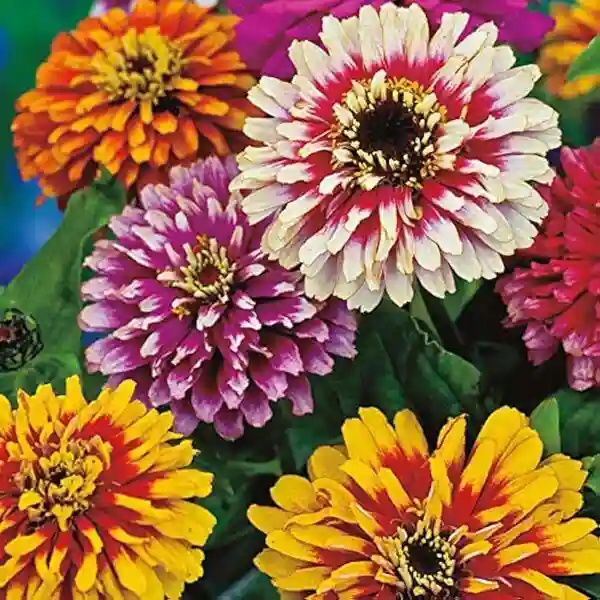
Here’s a comprehensive guide to zinnia care:
1. Sunlight:
- Zinnias thrive in full sun, meaning at least 6 hours of direct sunlight per day.
- While they can tolerate some part shade, especially in hotter climates with afternoon shade, they will have fewer flowers and may be more susceptible to disease.
2. Soil:
- Zinnias prefer well-drained soil rich in organic matter.
- They are fairly adaptable to different soil types (chalk, clay, loam, sand) and pH levels (acidic, neutral, alkaline), but good drainage is crucial to prevent root rot.
- Amend heavy soils with compost or sand to improve drainage.
3. Planting:
- When to Plant: Zinnias are warm-season annuals and are sensitive to frost. Plant them outdoors after all danger of frost has passed in your area, typically when soil temperatures reach at least 60°F (15.5°C). In warmer climates, direct sow after any frost has passed.
- From Seed: Zinnias are easy to grow directly from seed. Sow seeds about 1/4 inch deep.
- For earlier blooms, you can start seeds indoors 4-6 weeks before your last frost date. If starting indoors, use larger pots or peat pots as zinnias can be finicky about transplanting due to root disturbance.
- Spacing: Proper spacing is essential for good air circulation and to prevent disease.
- When seedlings are about 3 inches tall (or have grown four true leaves), thin them to 8-24 inches apart, depending on the variety’s mature size. Dwarf cultivars need less space (8-9 inches), while taller varieties may need a foot or more between plants.
- For multiple rows, space rows about a foot apart.
4. Watering:
- Zinnias need regular watering, especially when young and during dry periods.
- Aim for about 1 inch of water per week.
- Water at the base of the plants using a soaker hose or drip irrigation. Avoid overhead watering, as wet foliage can encourage fungal diseases like powdery mildew and leaf spot.
- Once established, zinnias are relatively drought-tolerant, but consistent moisture leads to better blooms. Check the soil and water when the top 1-2 inches feel dry.
5. Fertilizing:
- Amend the soil with compost or organic matter before planting.
- While zinnias don’t require heavy fertilization, an occasional light application of a balanced fertilizer (e.g., 5-5-5) can encourage more and larger blossoms, especially once flowers start to form. Follow product label instructions for dosage.
6. Pruning and Deadheading:
- Pinching: For bushier plants and more flowers, pinch back the main growth tip of young plants when they are about 6-8 inches tall (or around 18 inches for taller varieties). This encourages side branching.
- Deadheading: Regularly remove spent flowers (deadheading) to promote continuous blooming throughout the season and prevent the plant from putting energy into seed production. This also keeps the plant looking tidy.
- Cutting for arrangements: The more you cut zinnia blooms, the more flowers the plant will produce. Cut stems just above a leaf node.
7. Mulching:
- Once zinnias are established, apply a 2-inch layer of organic mulch (straw or bark) around the base of the plants. This helps retain soil moisture, suppress weeds, and regulate soil temperature.
8. Pests and Diseases: Zinnias are generally robust, but they can encounter some issues:
- Powdery Mildew: This is the most common zinnia disease, appearing as white, powdery spots on leaves, especially in hot, humid conditions with poor air circulation.
- Prevention: Ensure proper spacing for good airflow, avoid overhead watering, and consider disease-resistant varieties. Organic sprays like neem oil or a baking soda solution (1 tbsp baking soda + 1 tbsp horticultural oil in 1 gallon of water) can help prevent its spread.
- Treatment: Remove affected leaves promptly.
- Leaf Spot (Bacterial or Fungal): Brown or reddish-brown spots on leaves.
- Prevention: Water at the base, avoid wet foliage, and maintain good air circulation.
- Root Rot: Caused by overwatering or poorly drained soil.
- Prevention: Ensure well-draining soil and avoid overwatering.
- Pests:
- Aphids: Small insects that cluster on new growth. Blast them off with a strong stream of water or use insecticidal soap.
- Japanese Beetles: These can feed on and shred zinnia leaves. Hand-picking them off is effective for small infestations.
- Spider Mites and Whiteflies: Can also affect zinnias. Insecticidal soap can be used.
9. End of Season Care:
- Zinnias are annuals, meaning they complete their life cycle in one growing season. They do not need dividing.
- You can allow some flowers to go to seed to collect them for planting next year or to provide food for birds. However, seeds from hybrid varieties may not grow true to the parent plant.
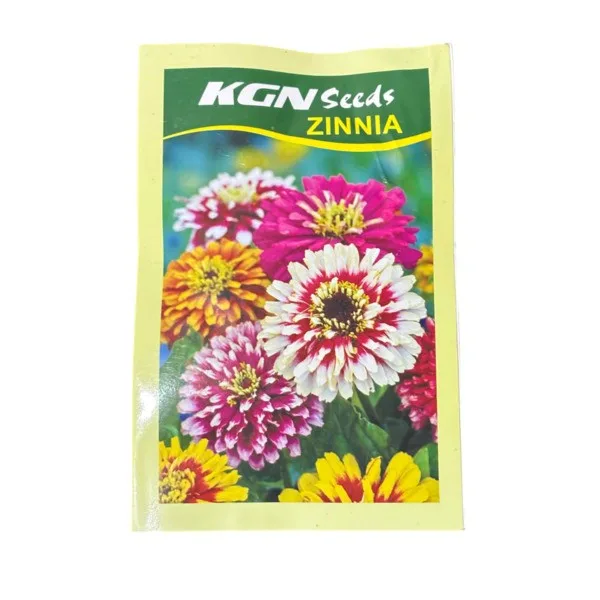
Zinnia – Seeds
By following these care tips, you can enjoy a season full of beautiful, long-lasting zinnia blooms in your garden.
Only logged in customers who have purchased this product may leave a review.

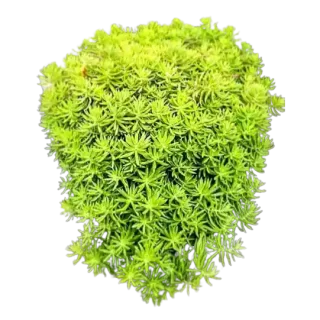
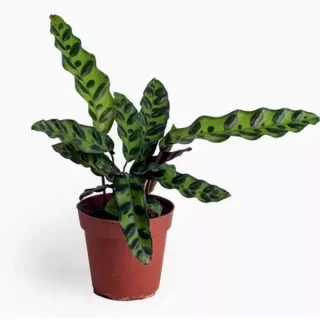
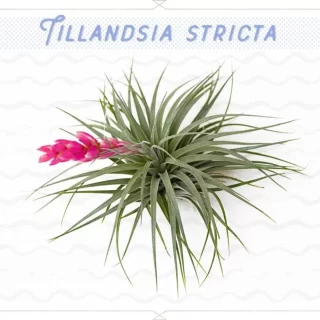
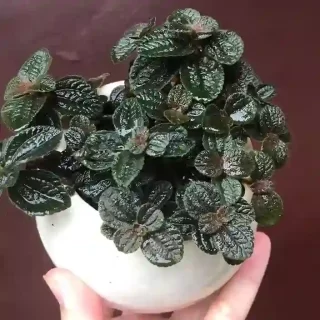
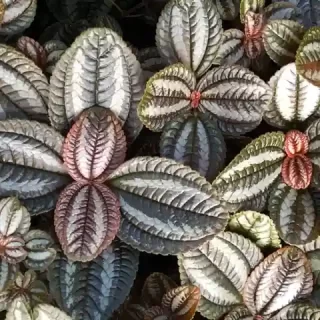
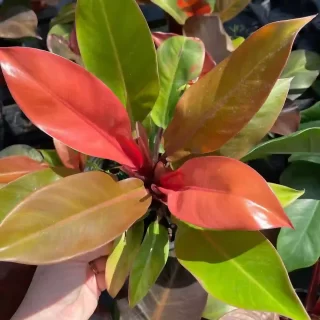
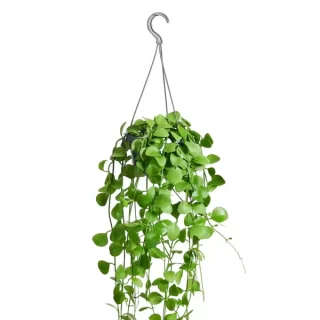
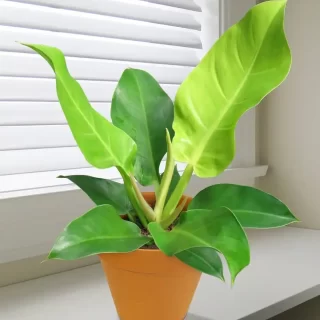
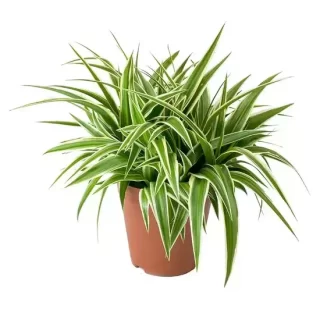
 If you need any assistance, I'm always here. Have you found what you were looking for?
If you need any assistance, I'm always here. Have you found what you were looking for?
Reviews
There are no reviews yet.